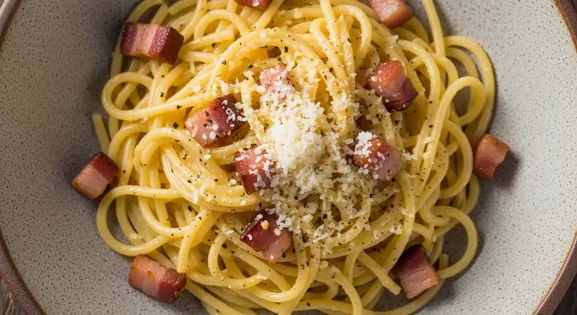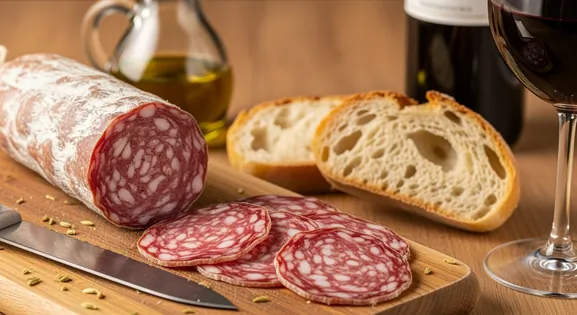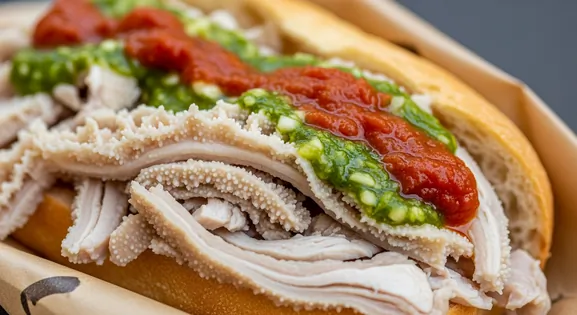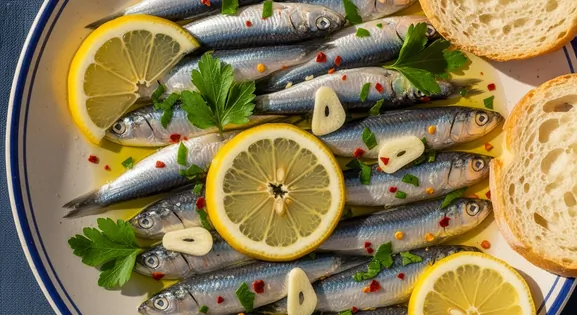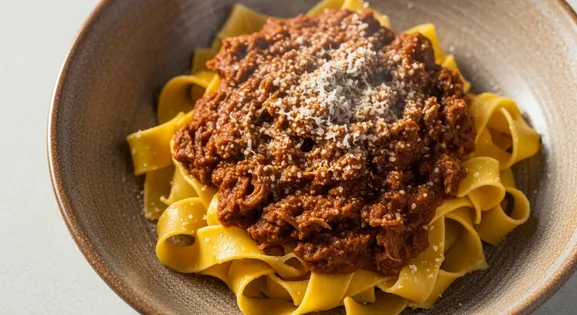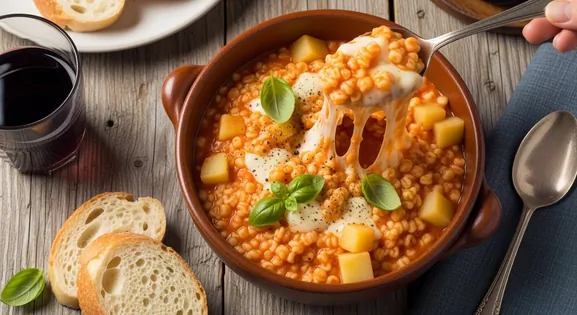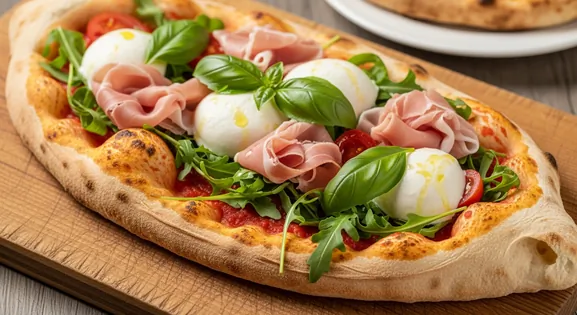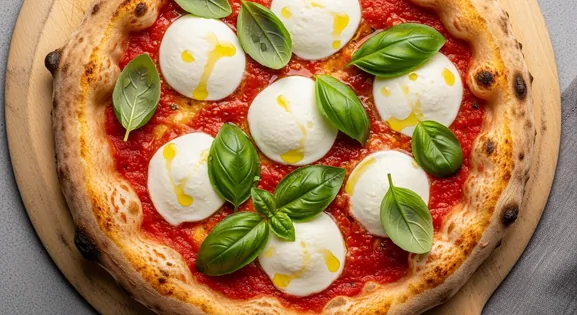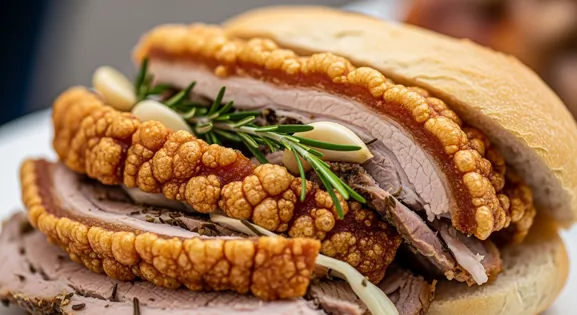Cacio e Pepe in Italy: A Complete Food Lover's Guide
Cacio e Pepe
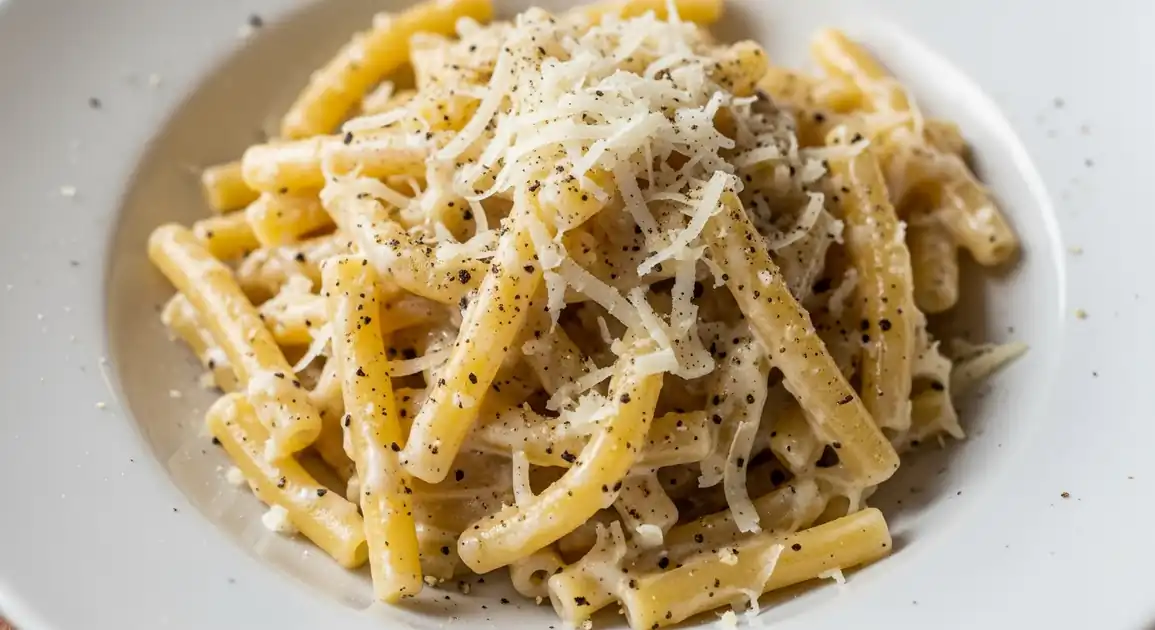
What is Cacio e Pepe?
Cacio e Pepe is a cornerstone of Roman cuisine, celebrated for its deceptive simplicity and powerful flavor. This iconic pasta dish features just Pecorino Romano cheese, black pepper, pasta, and the crucial starchy pasta water, skillfully emulsified into a creamy, tangy, and pungent sauce that perfectly coats strands of Tonnarelli or Spaghetti. Its magic lies in the technique and quality of ingredients.
Deconstructing Cacio e Pepe: Ingredients and Method
The preparation of Cacio e Pepe hinges on mastering the emulsification technique. Pasta (often Tonnarelli or Spaghetti) is cooked in well-salted water until al dente. While the pasta cooks, finely grated Pecorino Romano cheese is mixed with a generous amount of freshly cracked coarse black pepper. A crucial amount of hot, starchy pasta water is reserved before draining the pasta. The hot pasta is then vigorously tossed with the cheese and pepper mixture, gradually adding small amounts of the hot pasta water. The heat and starch in the water melt the cheese and emulsify the fats, creating a smooth, creamy, non-clumpy sauce that coats every strand. This step requires speed and precision; no additional fats like cream or butter are used in the authentic recipe.
Key Ingredients of Cacio e Pepe
Pecorino Romano Cheese
A hard, salty sheep's milk cheese from Lazio, essential for Cacio e Pepe's sharp, tangy flavor. It provides the dish's characteristic pungency and creaminess when emulsified.
Quality indicator: Look for aged, firm blocks with a pungent aroma and a DOP (Denominazione di Origine Protetta) certification.
Black Pepper
Freshly cracked, coarse black pepper is crucial for the dish's signature spicy kick and aromatic depth. Its pungency balances the richness of the cheese.
Quality indicator: Ensure it's freshly ground, ideally coarse, for maximum aroma and flavor; pre-ground pepper loses its potency quickly.
Pasta (Tonnarelli or Spaghetti)
Traditionally, thick, rough-textured pasta like Tonnarelli (or Spaghetti alla Chitarra) or classic Spaghetti is used. Its surface helps the creamy sauce cling perfectly.
Quality indicator: Opt for bronze-die extruded pasta, which has a rougher texture that better holds the sauce, and ensure it's cooked perfectly al dente.
Enhancing the Flavor: Classic Pairings
Frascati Wine
Wine
A crisp, dry white wine from the Lazio region, such as Frascati, offers a refreshing acidity that beautifully cuts through the richness of the Pecorino Romano cheese, cleansing the palate.
Cesanese del Piglio
Wine
A light-bodied, fruity red wine like Cesanese del Piglio, also from Lazio, can complement the peppery notes without overpowering the delicate cheese, providing a harmonious balance.
The Story Behind the Dish
The origins of Cacio e Pepe are rooted in the pastoral traditions of the Roman countryside. Shepherds traversing the Apennine Mountains needed simple, high-energy, non-perishable ingredients. Dried pasta, aged Pecorino Romano cheese, and black pepper were easily transportable and provided warmth and sustenance. The simple preparation method evolved into the beloved dish found in Roman trattorias today, forming part of the 'holy trinity' of Roman pasta alongside Carbonara and Gricia.
Local Cacio e Pepe Variations in Italy
Pasta Shape
While Tonnarelli and Spaghetti are classic, some restaurants might offer it with Rigatoni, Mezze Maniche, or Bucatini.
Pepper Intensity
The amount and type of black pepper used can vary, affecting the spiciness level.
Cheese Blend (Non-traditional)
Some non-authentic versions might mix Pecorino with Parmigiano-Reggiano, altering the classic sharp flavor profile.
Universal Quality Indicators
What to Look For
-
Served piping hot, freshly prepared
Ensures the pasta hasn't been sitting and the sauce is freshly emulsified. Temperature is key for optimal quality and enjoyment.
-
Reputable Trattoria/Restaurant
Choose established places known for good quality Roman pasta and proper hygiene standards.
-
Properly emulsified sauce
The sauce should be creamy and coat the pasta, not watery, oily, or clumpy with cheese. Indicates correct preparation.
-
Clean dining environment and serving
General cleanliness of the restaurant, tables, and serving staff reflects overall hygiene standards.
What to avoid
-
Lukewarm pasta or sauce
Pasta dishes cool quickly and can compromise quality if left sitting. Also ruins the texture.
-
Sauce that is visibly oily, separated, or clumpy
Indicates poor technique or ingredients, potentially affecting quality and freshness perception.
-
Restaurants with poor hygiene reviews or appearance
Avoid places that seem unclean or have known hygiene issues.
-
Dishes containing cream or butter (if seeking authentic version)
While not a quality concern, it indicates a non-traditional preparation method.
Explore Cacio e Pepe in Detail: City Guides
Discover where to find the best Cacio e Pepe and learn local tips in these cities:
Dietary Information
Dietary Information
Important Note for Travelers: Your safety is our priority. Below are the common allergens associated with the traditional preparation of this dish. However, recipes and ingredients can vary significantly between establishments. Always confirm all ingredients directly with the food vendor before ordering, especially if you have a severe allergy.
Potential Allergens
Dietary Suitability
How to Order Cacio e Pepe
Frequently Asked Questions about Cacio e Pepe
What is Cacio e Pepe?
Cacio e Pepe (literally 'Cheese and Pepper' in Italian dialects) is a classic minimalist pasta dish originating from Rome. It consists of pasta (traditionally tonnarelli or spaghetti), Pecorino Romano cheese, black pepper, and starchy pasta water, emulsified together to create a simple yet intensely flavorful creamy sauce.
How can I ensure a quality Cacio e Pepe experience?
Cacio e Pepe is typically a reliable choice in restaurants. It's prepared with simple, cooked ingredients (pasta, cheese, pepper). Focus on selecting reputable establishments that prioritize fresh preparation, quality ingredients, and good hygiene. Always ensure the dish is served piping hot.
What does Cacio e Pepe taste like?
Cacio e Pepe has a sharp, salty, tangy flavor from the Pecorino Romano cheese, a pungent heat from the freshly cracked black pepper, and a creamy texture from the emulsified sauce coating the pasta. Despite its simplicity, it's incredibly rich and satisfying.
What are the authentic ingredients for Cacio e Pepe?
The traditional recipe uses only four ingredients: pasta (tonnarelli or spaghetti are common), high-quality Pecorino Romano cheese (sheep's milk cheese), freshly cracked black pepper (coarse grind preferred), and starchy hot pasta cooking water used for emulsification. Authentic versions do NOT contain cream, butter, or oil.
What pasta shape is best for Cacio e Pepe?
Traditionally, thicker strands like Tonnarelli (also called Spaghetti alla Chitarra) or Spaghetti are used. Bucatini is also sometimes used. The rougher texture helps the creamy sauce cling better.
Is Cacio e Pepe vegetarian? Vegan? Gluten-Free?
Cacio e Pepe is vegetarian as it contains no meat. It is NOT vegan because Pecorino Romano cheese is essential. It is NOT gluten-free because it is traditionally made with wheat pasta. While gluten-free pasta could technically be used, achieving the correct starchy water for emulsification might be challenging.
Expert How-To Guides about Cacio e Pepe
How to Spot Authentic Cacio e Pepe
Identify restaurants serving the real deal, not creamy imitations, by understanding key indicators.
- Check the menu description: Look for Pecorino Romano cheese and black pepper. Avoid mentions of cream ('panna') or butter ('burro').
- Observe the sauce consistency: Authentic Cacio e Pepe has a creamy sauce created by emulsifying cheese and starchy pasta water. It shouldn't be overly thick like an Alfredo sauce, nor oily or clumpy.
- Note the cheese used: It must be Pecorino Romano for the characteristic sharp, salty flavor. Parmesan is not traditional.
- Ask the waiter: Inquire if they use cream or butter. A traditional place will proudly say no.
- Look at other diners' plates: See if the pasta looks properly coated in a glossy, peppery sauce.
Eating Cacio e Pepe Like a Roman
Enjoy this classic pasta dish the local way, embracing traditional etiquette and pairings.
- Twirl, don't cut: Use your fork (and often a spoon for assistance) to twirl the pasta strands.
- Savor the simplicity: Appreciate the balance between the sharp cheese and pungent pepper.
- Pair with wine: A local white wine like Frascati or a light-bodied red often complements the dish.
- Enjoy it hot: Cacio e Pepe is best eaten immediately after being served, before the sauce cools and thickens too much.
- Don't ask for extra cheese (usually): A well-made Cacio e Pepe should have the perfect balance already. Adding more table cheese might upset this balance (and possibly offend the chef!).
Choosing a Quality Place for Cacio e Pepe
Focus on restaurant quality and hygiene to ensure a delightful and authentic culinary experience.
- Select reputable Trattorias/Osterias: Choose places with good reviews, local clientele, and a clean appearance.
- Ensure the pasta is cooked fresh: It should be prepared to order, not pre-cooked and reheated.
- Observe kitchen practices (if visible): Look for general cleanliness and hygienic food handling.
- Trust your instincts: If a place looks unclean or poorly maintained, choose somewhere else.
Our Commitment to Quality
At Tasteplorers, our mission is to provide the most accurate and useful travel information in the world. To achieve this, all content on this site is created through our unique editorial framework. We utilize leading AI research tools, guided by our proprietary prompts, and a multi-stage validation process. This entire system is overseen by our editorial team to ensure everything we publish meets our high standards for accuracy, cultural nuance, and practical value for travelers.
Learn more about our Editorial Process and our Mission.
Countries
Explore regions
Europe
Discover Europe's diverse culinary landscape, from Mediterranean flavors to hearty Alpine fare. Learn to navigate markets, decode menus, and eat like a local.
Latin America & Caribbean
Discover the vibrant cuisines of Latin America & the Caribbean. Our expert guide covers everything from Mexican street food to Peruvian ceviche and market tips.
Oceania
Explore Oceania's diverse food scene. Learn about Polynesian earth ovens, Fijian feasts, and the vibrant café culture of Australia and New Zealand.
Southeast Asia
Explore Southeast Asia's diverse food cultures from Thailand to Vietnam. Get expert tips on navigating spice levels, choosing quality vendors, and understanding the rich traditions of the region.
